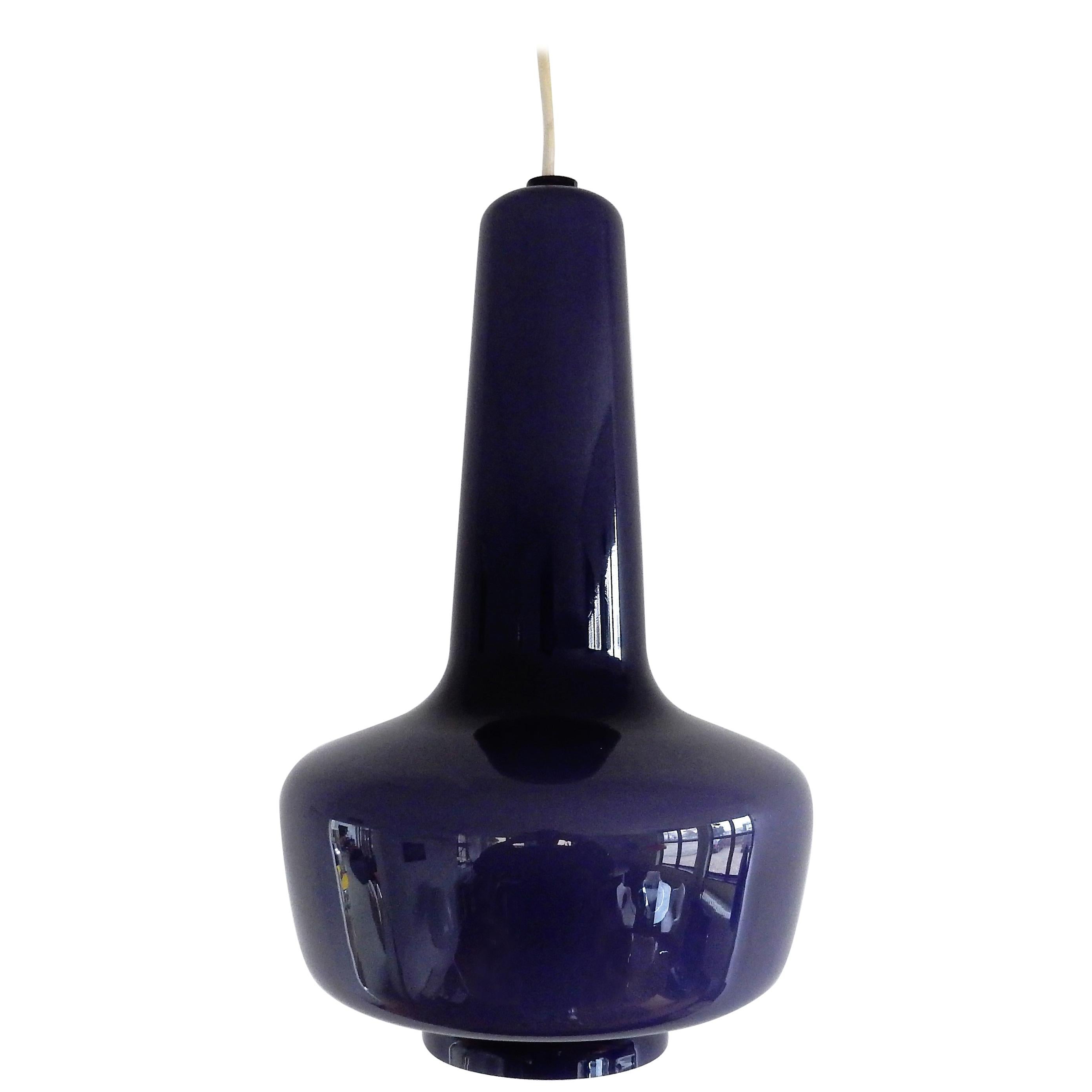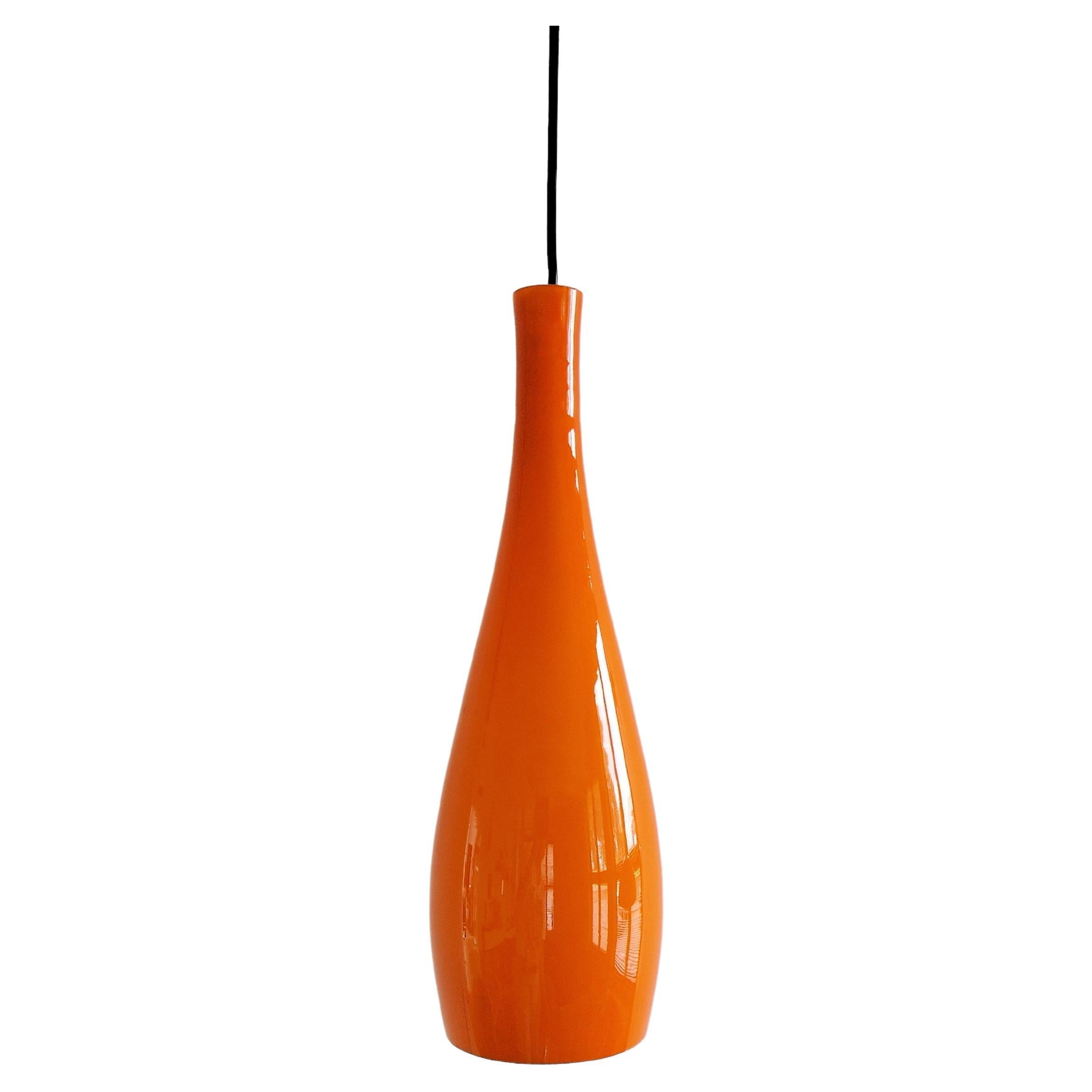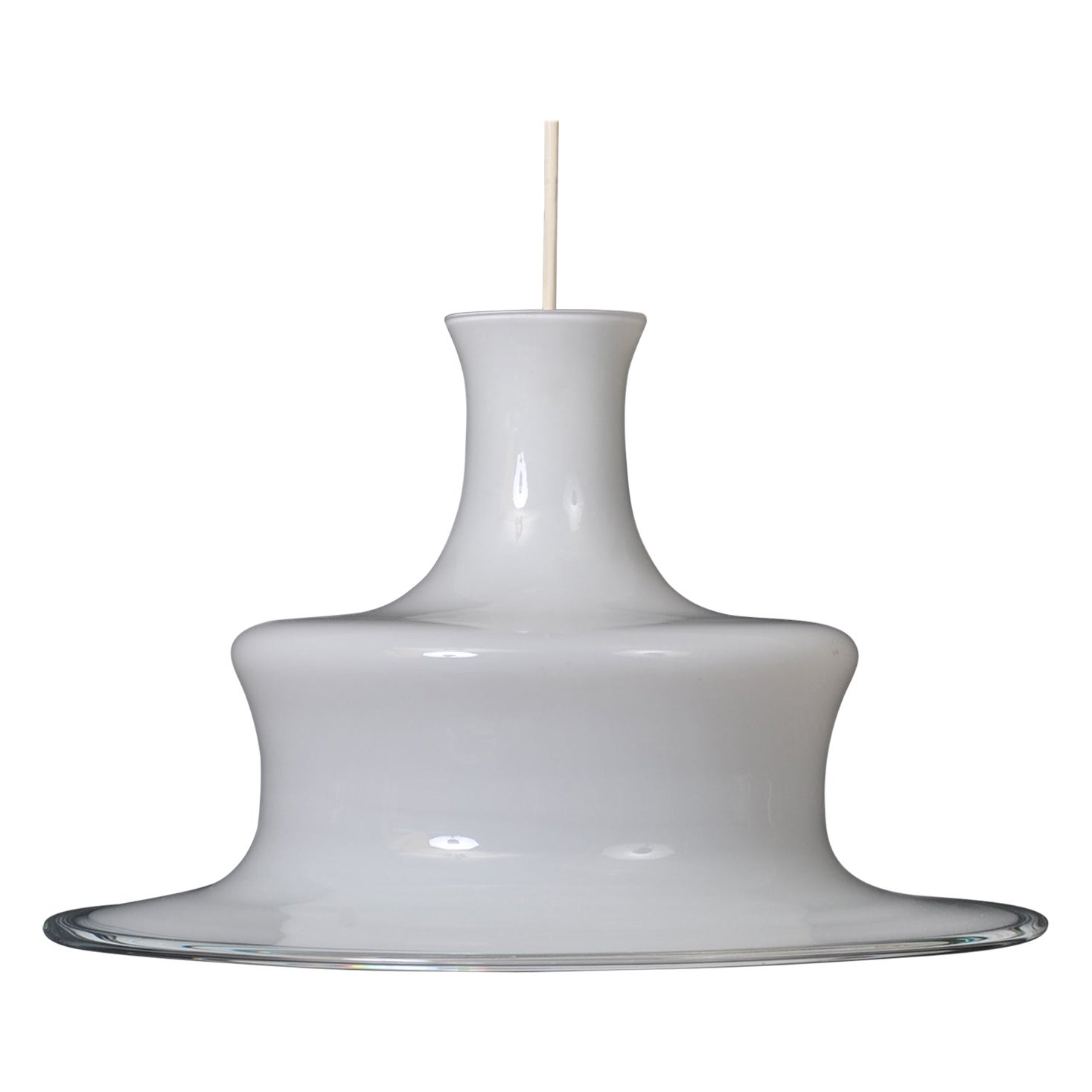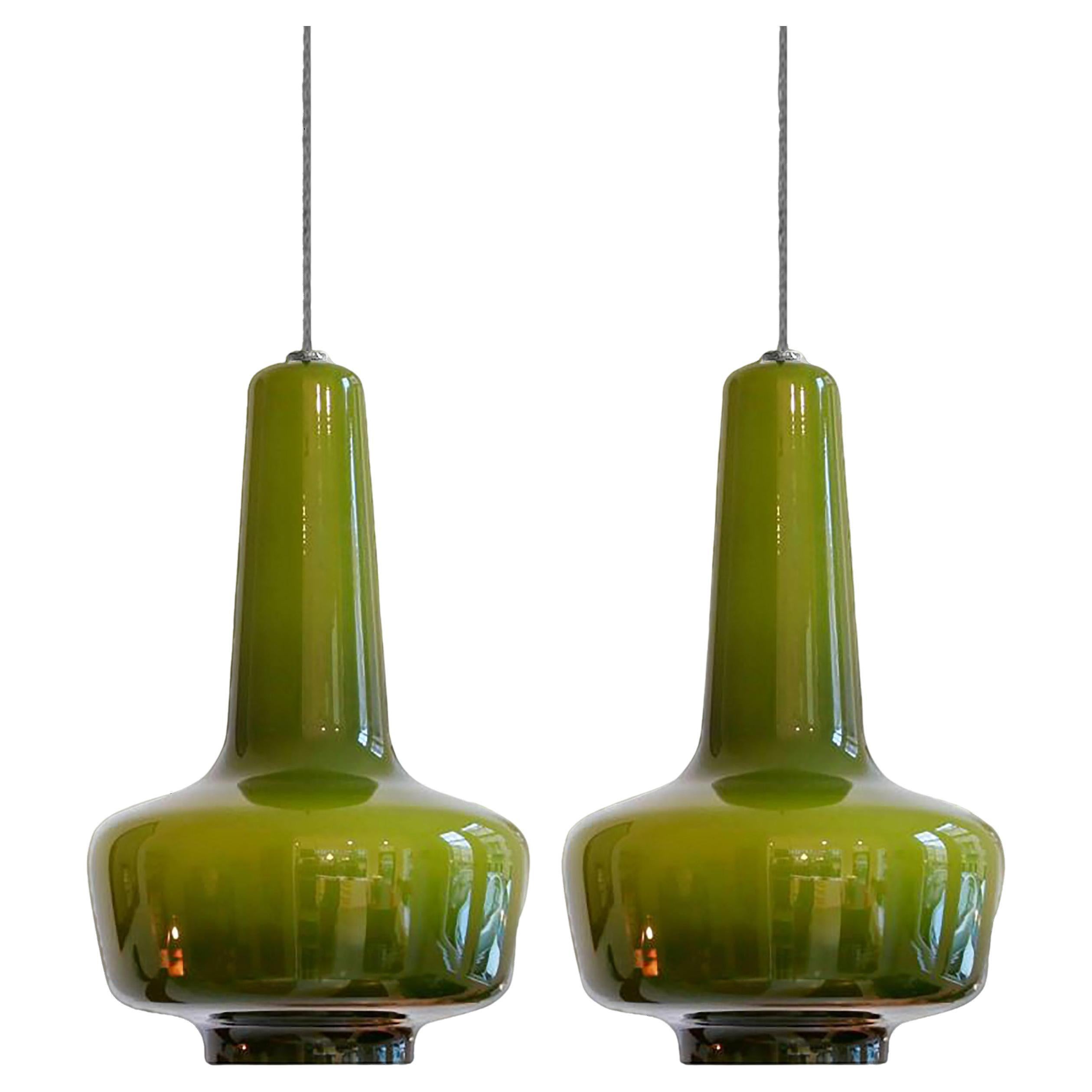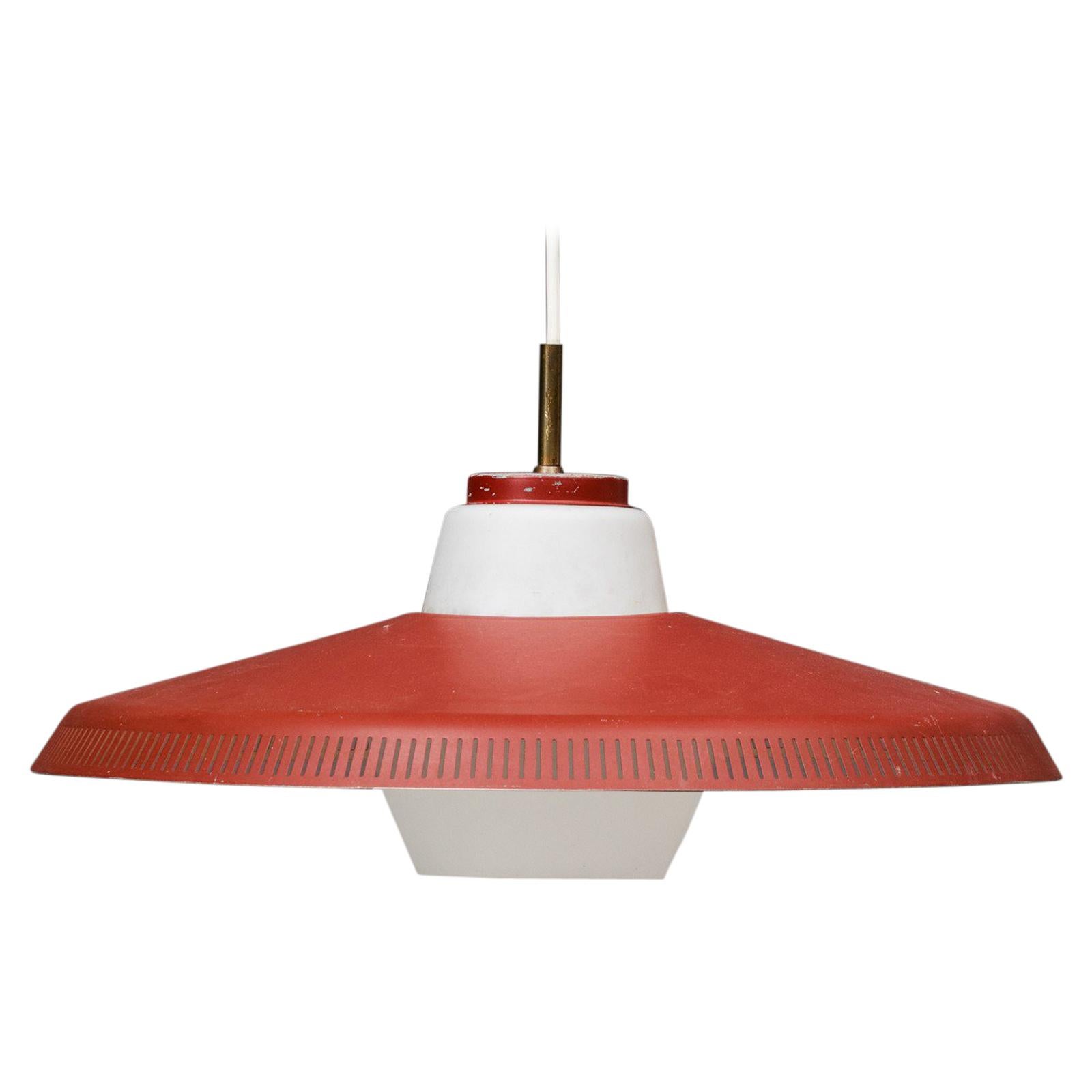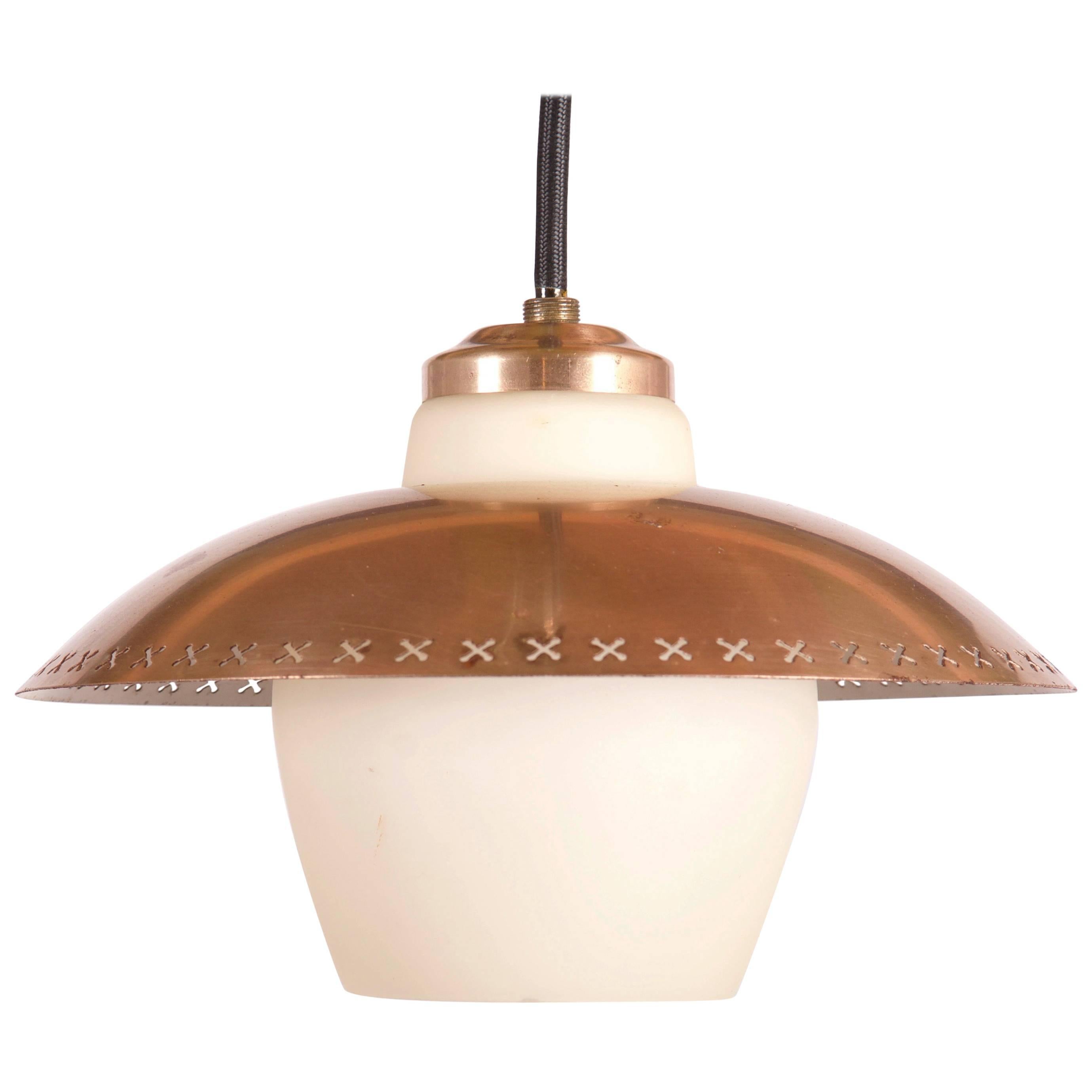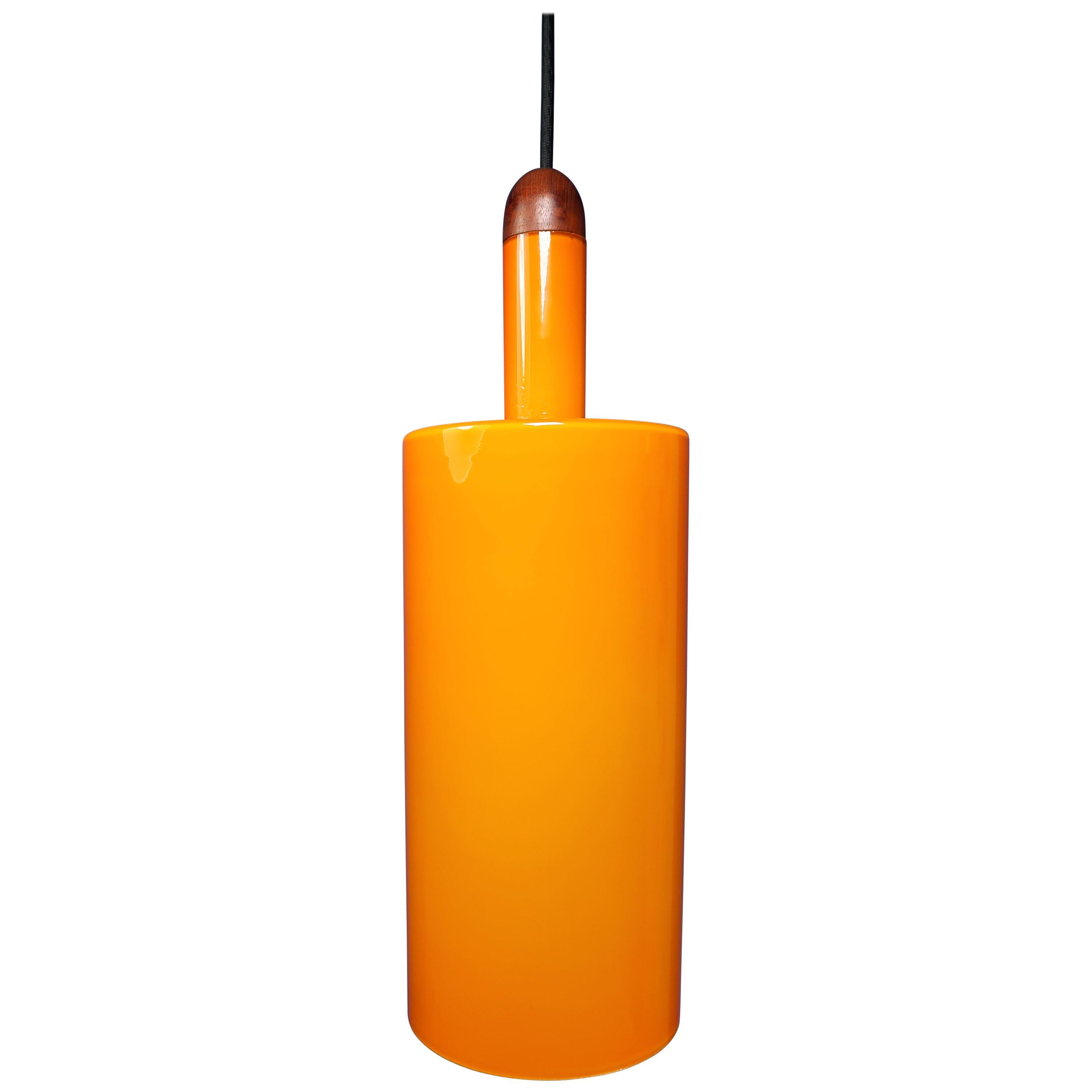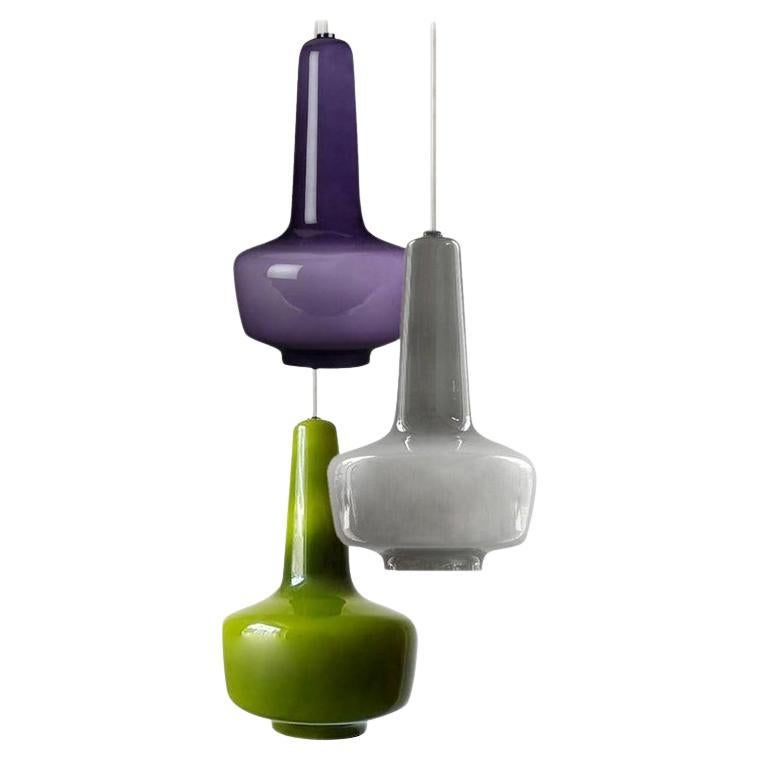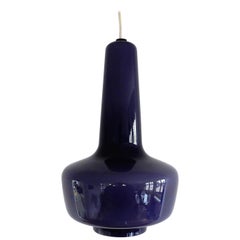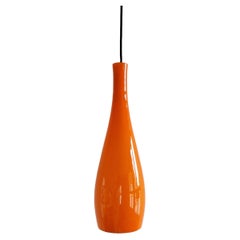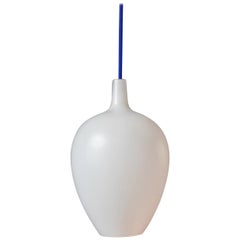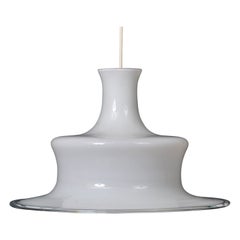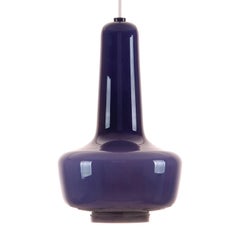
Kreta, Purple Blown Glass Light by Jacob E. Bang, 1964, Fog & Mørup, Holmegaard
View Similar Items
Kreta, Purple Blown Glass Light by Jacob E. Bang, 1964, Fog & Mørup, Holmegaard
About the Item
- Creator:
- Dimensions:Height: 14.57 in (37 cm)Diameter: 9.45 in (24 cm)
- Style:Scandinavian Modern (In the Style Of)
- Materials and Techniques:
- Place of Origin:
- Period:
- Date of Manufacture:1964
- Condition:Wear consistent with age and use. Very good vintage condition with few signs of usage and age. It has a minor mark near the bottom rim, that looks to be a production flaw (it does not look like a chip as it has tiny bubbles) - seen on photo 8. Please see the photos!
- Seller Location:Frederiksberg, DK
- Reference Number:Seller: #167841stDibs: LU209339551993
Holmegaard
Holmegaard has been creating quality glassware for almost two centuries. The legendary glassworks has collaborated with scores of celebrated designers over its long history, including Arne Jacobsen, Louise Campbell, Bodil Kjær and many others, with each artisan crafting vases, bottles and other serveware and decorative objects that are widely loved by collectors and art connoisseurs alike. Today Holmegaard is a powerhouse of functionalist modern Danish glass design.
Holmegaard Glassworks was the dream of Danish Count Christian Danneskiold-Samsøe, who petitioned the king of Denmark for permission to build a factory. Sadly, by the time permission was granted, the count had passed away, leaving his dowager, the Countess Henriette Danneskiold-Samsøe, to carry on her late husband’s dream in 1825. The factory was established in the town of Fensmark in the Holmegaard bog, where rich peat could be harvested and used to fuel the high-temperature kilns required to produce glass there.
The factory initially produced only simple mouth-blown green glass packaging bottles — the need was for glassware that was merely functional. It wasn’t until the 1920s that it made progress as a significant entity in the world of design. There was a fruitful partnership to create dinner glassware with the Royal Danish Porcelain Factory and glass artist Oluf Jensen. This was followed in 1925 by Holmegaard’s hiring Jacob Eiler Bang as the glassworks’ first in-house designer.
Bang was trained as an architect and was working on the Danish Pavilion at the International Exhibition of Modern Decorative and Industrial Arts — the fair that brought the Art Deco style to worldwide attention — when his efforts caught the attention of Holmegaard. Bang believed in the concept of making things that were “beautiful, strong, practical and cheap.” His seductive, functionalist designs for vases, decanters, bottles and other objects — guided by the theories that underpin Scandinavian modernism — garnered acclaim for both Bang and Holmegaard, and he became known as one of the fathers of functionalism in Danish glassware.
Holmegaard went on to work with Per Lütken, who created intricate objects that redefined the factory’s style and Danish glass design as a whole. Lütken produced over 3,000 pieces for the glassworks, including the revered Provence bowl, one of the pieces for which the glassworks is best known. The brand went on to work with other notable artists including Otto Brauer and Jacob Bang’s son, Michael Bang, whose Palet range, Fontaine wine glass range, and Mandarin lamps are among Holmegaard’s most iconic creations.
Today, Holmegaard Glassworks is owned by Rosendahl Design Group. It is Denmark’s largest manufacturer of glass in addition to being the oldest and most historic.
Find vintage Holmegaard sconces, vessels, decorative bowls, tableware and other pieces on 1stDibs.
Fog & Mørup
Fog & Mørup was a legendary Danish lighting manufacturer best known to collectors for the sleek and sculptural ceiling lights, wall lights and floor lamps that the company produced in the postwar years. Its vintage fixtures are ideal for design enthusiasts looking to introduce a splash of Scandinavian modernist ingenuity into a space.
Founders Ansgar Fog and Erik Mørup reportedly met in Aarhus, Denmark, in 1902. They became fast friends and discussed going into business together. An opportunity materialized a couple of years later when they discovered a newspaper advertisement — an Aarhus consignment warehouse had been vacated and its landowner was looking for a business to sign a new lease. The friends took a chance and established a wholesale metalwork business.
In 1906, Fog and Mørup moved the business to Copenhagen and focused on lighting. They purchased an electrical company in 1913 and opened a lighting factory shortly thereafter. The following two decades saw rapid expansion. One of the most notable Fog & Mørup designs from the interwar period was the brass Kongelys table lamp, created by Niels Rasmussen Thykier.
Johannes (Jo) Hammerborg, an alum of leading Danish silverware brand Georg Jensen, joined Fog & Mørup as head of design in the late 1950s, ushering in a period of commercial success and international prominence.
Hammerborg was an innovative designer whose sleek and streamlined aesthetic came to define the company. During his time with Fog & Mørup, Hammerborg designed over 60 lighting fixtures and collaborated with other designers such as Erik Balslev, Sophus Frandsen and more. Fog & Mørup also worked with designers Torsten Thorup and Claus Bonderup, who created the iconic trumpet-shaped Semi pendant light in 1967.
Fog & Mørup sales remained healthy into the 1970s. A merger followed in the ensuing decades and the brand definitively closed in 2005 after being acquired by Nordlux.
Find vintage Fog & Mørup lighting on 1stDibs.
You May Also Like
Vintage 1960s Danish Mid-Century Modern Chandeliers and Pendants
Glass
Vintage 1960s Danish Mid-Century Modern Chandeliers and Pendants
Glass, Opaline Glass
Mid-20th Century Danish Scandinavian Modern Chandeliers and Pendants
Glass
Mid-20th Century Danish Scandinavian Modern Chandeliers and Pendants
Glass
20th Century Danish Mid-Century Modern Chandeliers and Pendants
Glass
Mid-20th Century Danish Mid-Century Modern Chandeliers and Pendants
Cord, Glass
